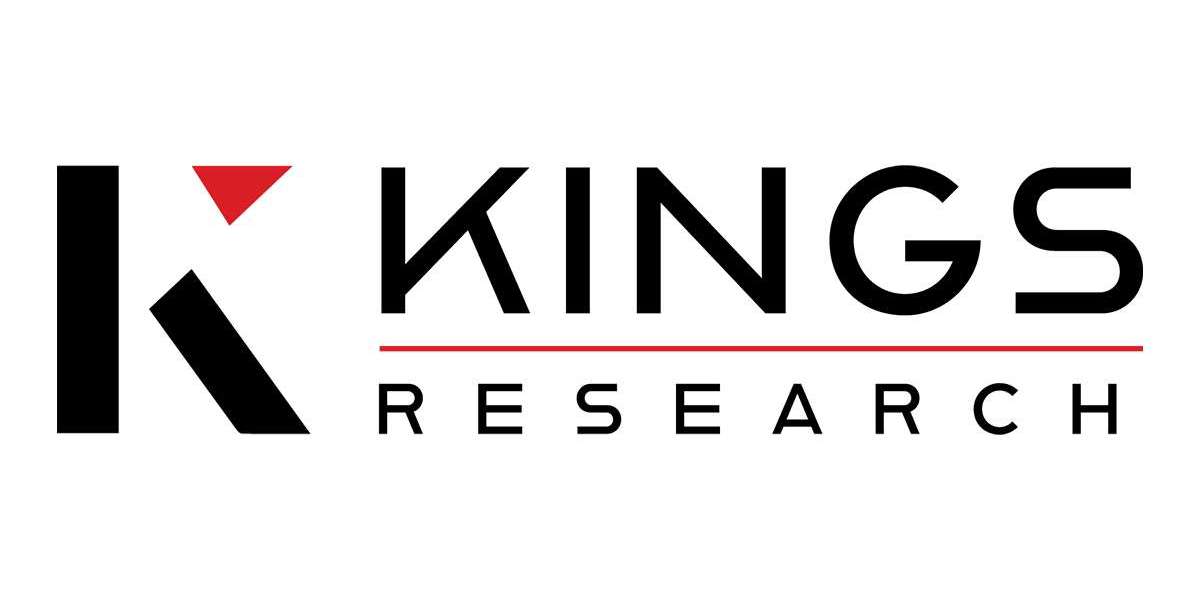The Unique Challenges and Growing Needs in Pediatric Healthcare
Children are not simply "miniature adults" when it comes to medication. Their developing physiology, metabolism, and varying body sizes necessitate drugs specifically formulated and dosed for pediatric populations. Historically, many medications used in children were "off-label," meaning they were approved for adults but used in children without sufficient pediatric-specific data. This practice carries risks of incorrect dosing, unforeseen side effects, and suboptimal efficacy. The increasing global awareness of these unique pediatric needs, coupled with rising prevalence of childhood diseases and proactive regulatory initiatives, is driving the significant growth of the Pediatric Drug Market.
Market Segmentation: Drug Types and Disease Areas
The Pediatric Drug Market is broadly segmented by type of medicine, type of disease, route of administration, and distribution channel.
By Type of Medicine:
- Respiratory Disorder Medicine: This segment is expected to hold a significant market share (around 39.4% in 2023), driven by the high incidence of chronic respiratory diseases in children due to factors like decreased immunity, pollution, and allergen exposure.
- Gastrointestinal Medicines: Addressing common childhood issues like stomach problems and digestive disorders. This segment is projected to grow substantially.
- Autoimmune Disorder Medicine: For conditions such as juvenile idiopathic arthritis and inflammatory bowel disease.
- Cardiovascular Medicine: For congenital heart defects and other pediatric cardiac conditions.
- Antibiotics, Analgesics, Antipyretics, Vaccines: These fundamental drug types form the backbone of pediatric care.
By Type of Disease:
- Infectious Diseases: Including pneumonia, diarrhea, and sepsis, which are major causes of mortality in young children.
- Respiratory Diseases: Such as asthma, bronchitis, and cystic fibrosis.
- Oncological Diseases: Pediatric cancers are a tragic reality, driving demand for specialized treatments.
- CNS Diseases: Neurological and psychiatric conditions affecting children.
- Gastrointestinal Diseases:
By Route of Administration:
- Oral: Dominates the market (around 48.7% in 2023) due to ease of administration and convenience for children, often available as syrups, chewables, or dissolvable tablets.
- Parenteral (Injectable): Used for more severe conditions or when oral administration is not feasible. This segment is projected to expand rapidly.
- Topical and Others:
By Distribution Channel:
- Hospital Pharmacies: Lead the market (around 52.7% in 2023) due to the management of severe and chronic pediatric conditions in hospitals.
- Retail Pharmacies: Providing access to common pediatric medications.
- Online Pharmacies: Growing due to convenience and home delivery.
Key Drivers and Future Outlook
The global Pediatric Drug Market was valued at approximately USD 130.11 billion in 2023 and is predicted to grow to around USD 375.58 billion by 2032, with a compound annual growth rate (CAGR) of roughly 12.5% between 2024 and 2032. Another report indicates a market size of USD 162.56 billion in 2025, reaching USD 458.09 billion by 2034, at a CAGR of 12.2%. Key drivers include:
- Rising Prevalence of Pediatric Diseases: The increasing incidence of chronic and infectious diseases in children globally.
- Growing Pediatric Population: Demographic trends influence the demand for pediatric medications.
- Increased Focus on Children's Healthcare and Welfare: Governments, healthcare organizations, and pharmaceutical companies are increasingly prioritizing the development of child-specific medications.
- Regulatory Initiatives and Incentives: Agencies like the FDA and EMA have implemented regulations and incentives (e.g., Orphan Drug Designation, Rare Pediatric Disease Designation) to encourage pediatric research and development, addressing the historical lack of suitable drugs.
- Advancements in Drug Formulation and Design: Development of child-friendly formulations, including liquid forms, chewable tablets, and palatable flavors, to improve compliance.
- Expansion of Clinical Trials: More clinical trials are being conducted specifically in pediatric populations to ensure safety, efficacy, and appropriate dosing. The ICH E11A guideline, for instance, provides a harmonized framework for extrapolating adult data to pediatric populations.
- Technological Innovations: Artificial intelligence (AI) is being leveraged to accelerate drug discovery, identify novel drug targets, and assist with precise dose calculations based on a child's weight and age.
North America dominates the market due to its well-established healthcare infrastructure, high awareness of pediatric care, and robust R&D activities. Asia-Pacific is anticipated to be the fastest-growing region, driven by large child populations and improving healthcare access.
Challenges include ethical considerations in conducting clinical trials in children, difficulties in determining appropriate dosages across various age groups, the smaller target population compared to adults, and the high manufacturing costs associated with specialized pediatric formulations. However, the future of the Pediatric Drug Market is highly promising:
- Precision Medicine for Children: Tailoring treatments based on a child's genetic makeup and specific disease characteristics.
- Gene Therapies for Pediatric Rare Diseases: Significant advancements in gene therapy are offering hope for previously untreatable rare pediatric conditions.
- Enhanced Drug Delivery Systems: Development of innovative systems that are less invasive and improve adherence.
- Strategic Collaborations: Increased partnerships between pharmaceutical companies, academic institutions, and patient advocacy groups to accelerate pediatric drug development.
- Focus on Neglected Diseases: Continued efforts to develop drugs for neglected pediatric diseases in low-income settings.
As the commitment to ensuring every child has access to safe, effective, and appropriate medications strengthens globally, the pediatric drug market will continue to expand, transforming healthcare for the youngest patients.
Explore our latest reports
? Stay ahead in the healthcare industry. Browse our latest insights now!
About Market Research Future (MRFR)
Market Research Future (MRFR) is a global market research firm that provides comprehensive insights into market trends, drivers, challenges, and opportunities. We offer a broad range of market intelligence reports and consulting services to help businesses and enterprises in various industries make informed decisions
Media Contact:
Market Research Future (MRFR)
Phone: +1-646-845-9312
Email: contact@marketresearchfuture.com
Website: marketresearchfuture














